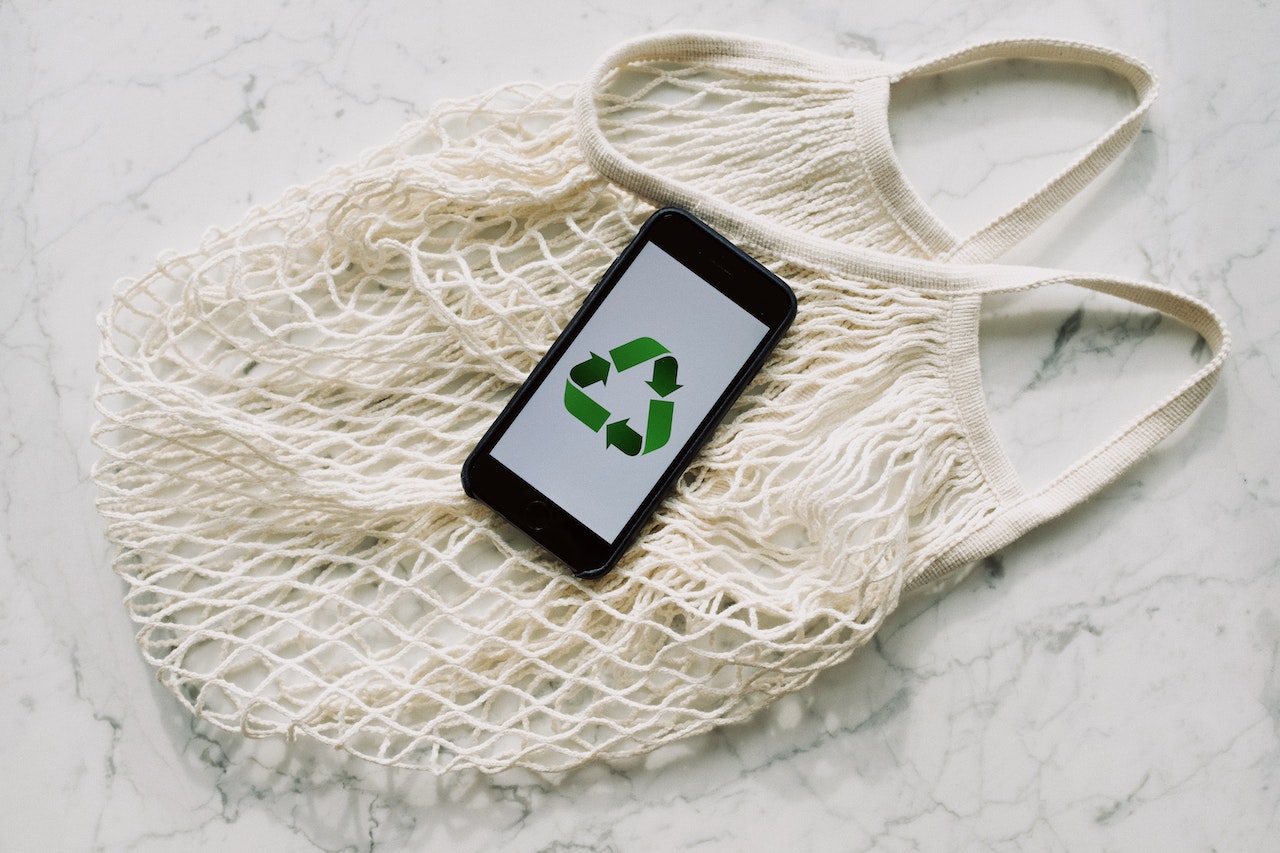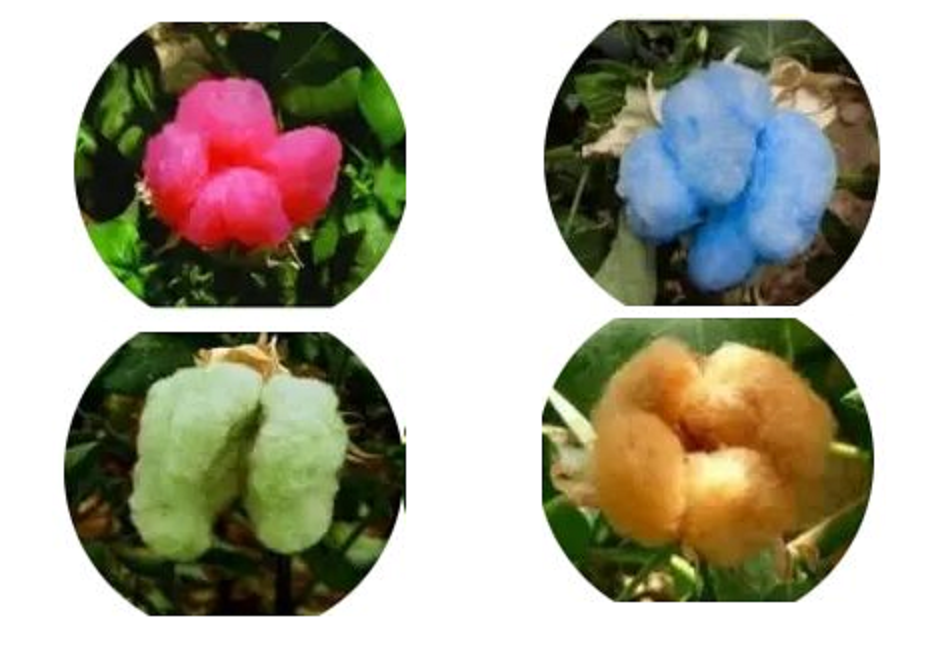In a world where environmental concerns are at the forefront of global discussions, the fashion and textile industry is undergoing a transformative shift toward sustainability. As we venture into 2023, the landscape of sustainable textiles and fashion is evolving at a rapid pace. From increased regulations and transparency measures to the rise of innovative materials and circular economy practices, the industry is embracing a new era of conscious consumption. In this article, we delve into the top trends that will shape the world of sustainable textiles and fashion in 2023, providing insights into the exciting developments and initiatives driving positive change.
More regulations on sustainable practices
We are expecting increased regulations on sustainable practices in the supply chain. The European Commission plans to introduce a digital passport for physical goods, including textiles, using electronic labels like QR codes to provide transparent information on composition, manufacturing, and recycling.
Stricter laws against misleading claims
Currently, we are witnessing a surge in deceptive marketing practices known as greenwashing. However, the era of false pretenses may be coming to an end. In response to major brands’ clumsy attempts at greenwashing in 2022, there will be punitive laws implemented to address this issue.
We will likely see more brands showcasing reputable certifications to validate their sustainability claims. There will also be a greater emphasis on product transparency, including carbon footprint labeling. However, it’s worth noting that some of these certification systems might face scrutiny for potential greenwashing themselves.
More transparency and traceability
Transparency and traceability mean that companies and consumers can know where, how, and by whom the textiles are produced, and what are the environmental and social impacts of their production.
Transparency and traceability can help promote sustainability in the textile industry by:
- Improving the quality and safety of products by ensuring compliance with standards and regulations.
- Reducing the risk of fraud, counterfeiting, and human rights violations by verifying the origin and authenticity of products.
- Enhancing the reputation and trust of brands and retailers by disclosing their sourcing practices and performance indicators.
- Empowering consumers to make informed choices based on reliable and accessible information about the products they buy.
- Encouraging innovation and collaboration among stakeholders to improve efficiency and reduce waste.
More emphasis on the use of sustainable raw materials
The textile industry values sustainable materials as a positive aspect. As environmental sustainability gains recognition, the industry is shifting towards the use of sustainable materials like organic cotton, bamboo, hemp, and recycled fibers.
The emergence of next-gen materials
Next-generation fabrics are ethical and sustainable alternatives to animal-based materials. Fabrics made from microbes, fruits, and captured carbon emissions are emerging. Embracing environmentally conscious and high-quality fabrics will grow in 2023.
Emphasis on product longevity and quality
This trend refers to the idea that high-quality materials can last longer and age better than low-quality ones. This trend also implies a shift away from fast fashion and disposable clothing, and towards more sustainable and ethical consumption of textiles.
Circularity and recycling
Textile production emits 1.2 billion tons of CO2 and consumes 79 billion cubic meters of fresh water annually. To combat waste, companies and regulations will promote the circular economy, encouraging material reuse. A Preferred-Fiber report reveals that 25% of companies have implemented circular textile strategies, and 57% are currently working on it. This indicates the increasing adoption of sustainability practices in textiles, whether through circularity or reducing microfibers.
Currently, only about 1% of textile waste gets recycled. This is a very low percentage compared to materials like aluminum, which is at 80%, paper at 68%, and glass at 21%. One of the main reasons for such a low rate is the lack of available technologies for recycling textiles, especially those with mixed patterns and fabrics.
However, things are expected to change in 2023 with the introduction of advanced technologies that enhance the feasibility of textile recycling. These innovations will enable the recycling of high-quality textiles from discarded fabrics and simplify the overall process.
The ‘Make and Remake’ trend emphasizes giving old items a new life through techniques like overprinting, over-dyeing, and patchwork.
More emphasis on greener delivery
With online sales increasing, reducing carbon emissions from delivery vehicles is crucial. Around 3% of global greenhouse gas emissions come from freight transport. Finding environmentally friendly delivery methods will be a sustainability trend in 2023.
More use of Data and AI
Utilizing data analytics and AI can contribute to sustainability. AI can reduce a brand’s carbon footprint by creating digital samples and predicting trends to minimize unsold clothes. Virtual fitting rooms and precise sizing can reduce returns.
Cloud-based supply-chain management solutions will exceed $11 billion, aiding waste management, carbon emissions reduction, and energy conservation. Improved collaboration and real-time data access enhance communication.
Increased pressure on plastic packaging
It’s predicted that by 2050, there could be more plastic in the sea than fish. As a scuba diver, this is concerning. Many companies are now creating alternatives to plastic using various materials like mushrooms, wood, and seaweed. These innovative options will become more common on store shelves in 2023.
3-D and digital printing
Using 3D printing to make textile prototypes and samples for clothing, footwear, and accessories can reduce waste, enable customization, and speed up product development. Although 3D printing is still emerging in the textile industry, its adoption is expected to accelerate as more companies embrace this technology.
Digital printing is a rising trend in the textile industry, enabling faster and more efficient production of high-quality fabric prints. Specialized inkjet printers empower designers to create intricate patterns and designs effortlessly. Moreover, digital printing brings sustainability benefits. It reduces material waste by minimizing mistakes made by textile manufacturers when using digital printing options.
Affordable sustainability
In 2022-23, inflation has been a significant concern in many countries. This poses a challenge to sustainability when the cost of living increases and people find it difficult to afford sustainable products. To address this, sustainable brands will focus on making their products more affordable, leveraging new technologies like AI to predict trends and reduce waste. Additionally, brands will emphasize affordability in their marketing and provide clearer explanations of their pricing. Sustainability should be accessible to everyone, so efforts to make it more inclusive are commendable.
New terms – and growing concerns about ‘sustainability’
The term ‘sustainable’ might gradually be replaced by other less controversial terms. For instance, in the Nordic countries, ‘sustainable fashion’ has already lost some of its appeal. Instead, terms like ‘responsible fashion’ are gaining popularity.
There’s even a new term called ‘greenhushing,’ which refers to when brands become less vocal about their green credentials due to the fear of scrutiny and the stricter laws. We can expect the emergence of other new phrases in 2023, indicating the beginning of linguistic changes. It’s hard to predict how the language will evolve in the next five years. However, for now, the word ‘sustainable’ will still be in use and sought after, which is positive for our domain name.
Summary:
With increased regulations and stricter laws against greenwashing, brands will be held accountable for their sustainability claims. Transparency and traceability will take center stage, empowering consumers and promoting responsible sourcing. The use of sustainable materials will continue to rise, while innovations in delivery methods and packaging aim to reduce carbon emissions and plastic waste. The integration of data, AI, and cloud technology will drive efficiency, and the advent of next-gen materials will redefine ethical and sustainable alternatives. Moreover, textile recycling will undergo significant advancements, and the concept of “Make and Re-Make” will breathe new life into old items. With affordability and linguistic changes also on the horizon, the future of sustainable textiles and fashion in 2023 is promising, inspiring a shift towards conscious and responsible choices.
Key Takeaways:
- Increased regulations on sustainable practices, including the introduction of digital passports for textiles to provide transparent information on composition, manufacturing, and recycling.
- Stricter laws against misleading sustainability claims and greenwashing, with brands showcasing reputable certifications and product transparency.
- More emphasis on transparency and traceability in the supply chain, empowering consumers and promoting responsible sourcing.
- Greater use of sustainable raw materials such as organic cotton, bamboo, hemp, and recycled fibers.
- The emergence of next-gen materials, including fabrics made from microbes, fruits, and captured carbon emissions, as ethical and sustainable alternatives to animal-based materials.
- Emphasis on product longevity and quality, moving away from fast fashion and disposable clothing towards sustainable and ethical consumption.
- Focus on circularity and recycling, promoting material reuse, and advancing technologies for textile recycling.
- More emphasis on greener delivery methods to reduce carbon emissions from transportation.
- Utilization of data analytics and AI to minimize waste, predict trends, and improve supply chain efficiency.
- Increased focus on finding alternatives to plastic packaging, with innovative materials like mushrooms, wood, and seaweed.
- Adoption of 3D printing and digital printing technologies for textile production, reducing waste and enabling customization.
- Efforts to make sustainable products more affordable and accessible to a wider range of consumers.
- Growing concerns about the term “sustainable” and the emergence of new phrases like “responsible fashion.”
- Linguistic changes in the industry, with the possibility of new terms and the concept of “greenhushing” due to scrutiny and stricter laws.
These trends collectively drive the transformation of the fashion and textile industry towards sustainability, promoting responsible practices, transparency, and innovation in the pursuit of a more environmentally conscious future.
References:
- https://recovo.co/blog/trends-that-will-shape-sustainable-fashion-2023/
- https://blueandgreentomorrow.com/features/sustainability-trends-shaping-the-textile-industry-in-2023/
- Sustainability Trends 2023 | Predictions for Business, People, B2B & B2C (thesustainableagency.com)
- https://thesustainableagency.com/blog/sustainability-trends-2023/
- https://unece.org/sites/default/files/2021-03/BRS-Traceability-Transparency-TextileLeather-Part1-HLPDM_v1.pdf
- https://unece.org/trade/traceability-sustainable-garment-and-footwear
- https://tracextech.com/traceability-of-the-cotton-supply-chain/
- https://www.linkedin.com/pulse/importance-transparency-traceability-textile-supply-chain-kolge



